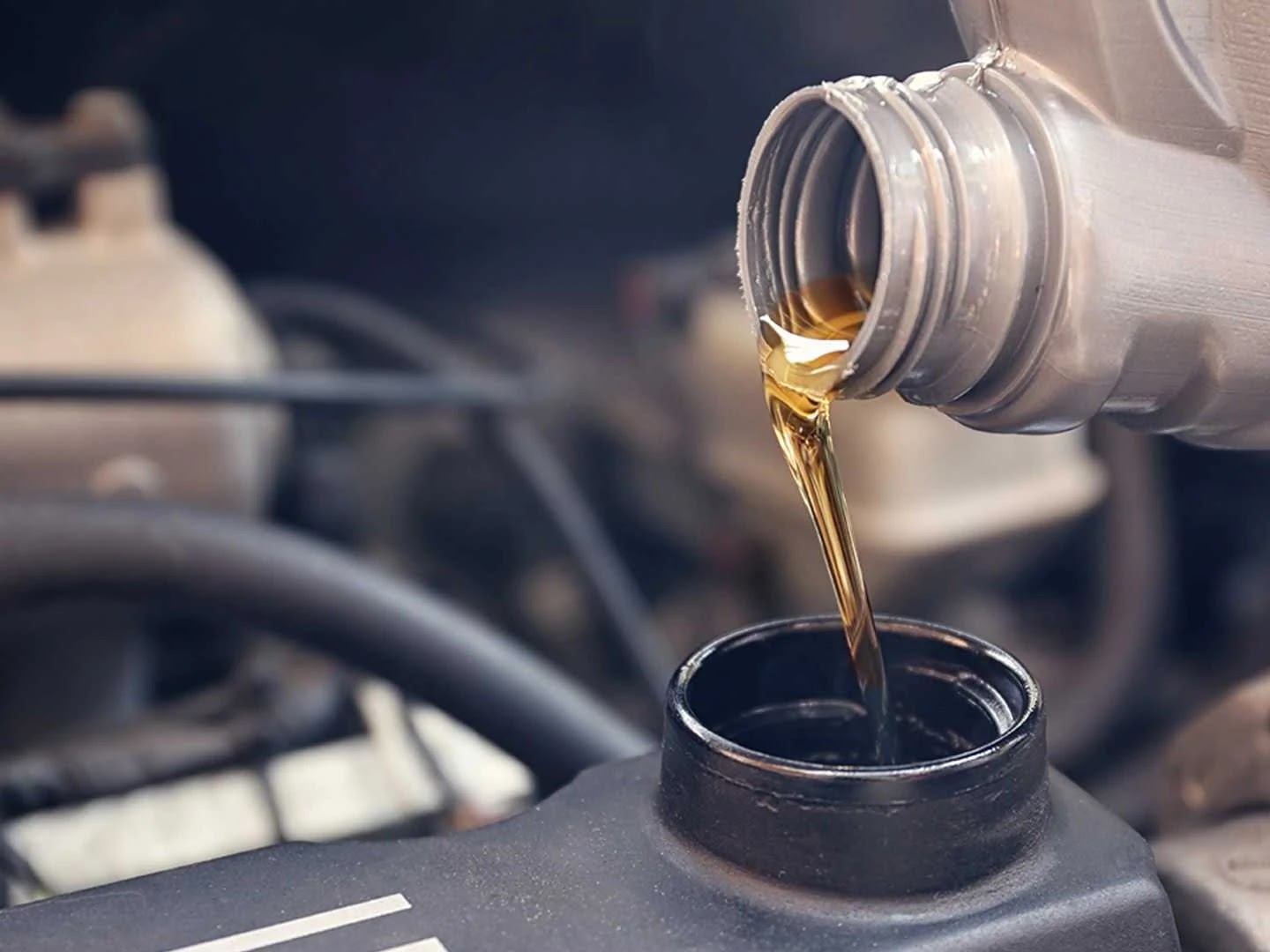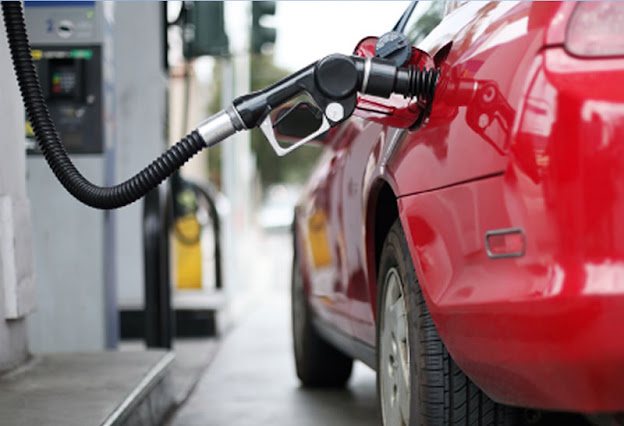Sorts of Lubricants - Mineral Oils, Synthetic Oils, and Lubricant Greases
Types of lubricants are abundant. There are many types, like mineral oil, artificial oil as well as lubricating greases.
Mineral oils are a typical first choice. The basic decision about which kind of lubricants to make use of vary by a number of factors. Mineral oils are created by refining oil petroleum (in liquid type). They are then stated to be the components for over 95% of all lubricants in manufacturing today. These oils consist basically of 'hydrocarbons' ranging in molecular weight from approximately 250 for reduced viscosity lubricants as well as much as 10000 for really high thickness lubricants. The initial step in generating mineral lubricating oil is a distillation of the unrefined petroleum to remove lower boiling gasoline, kerosene as well as gas oil while separating lubricating oil fractions right into a number of qualities by their boiling points arrays.
For Shell Lubricant, they are significantly expensive, high in price. Consequently, their variety of use is not high, as compared to mineral oils, where acceptable efficiency is assured. However, for atmospheres with extreme temperature levels, fine resistance as well as various other applications requiring its one-of-a-kind physical & chemical characteristics, synthetic oil is the method to go. On the other hand, disposing of these synthetic oils has been wondered about. 2 examples of this oil are 'silicones' and also 'polyglycolide.
Finally, lubricating oils are lubricants that consist of 80 to 90 percent mineral oil blended with 10 to 20 percent of an 'organometallic' soap or a 'non' melting powder, to develop a 'Bingham strong'. This lubricating grease is semi-strong in nature. They offer shear strength and flow commences when the applied shear stress is greater than a vital shear stress value. However, as soon as movement is launched, the evident thickness of the oil will go down till it comes close to the thickness of the base oil for shear rates over 10000 and 20000 per 2nd where grease circulation becomes especially 'Newtonian' (as in a 'Newtonian fluid').




Mga Komento
Mag-post ng isang Komento